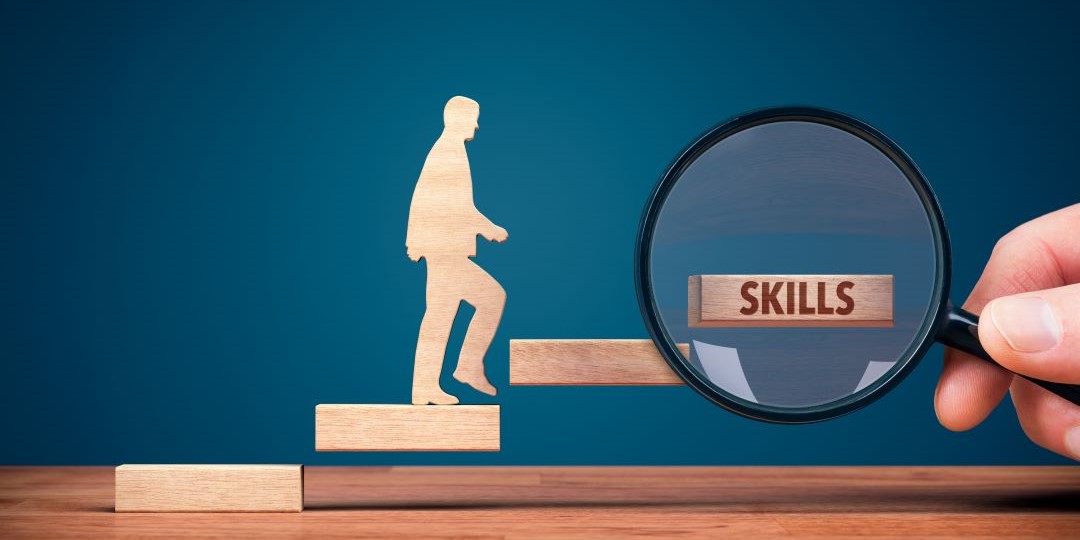Escape to a Low-Stakes Island to Hone Your Skills
by Jennifer Koffenberger – Senior Engineer, NAES Engineering Services
Imagine for a second that you’re a performer – an aerobatic pilot to be exact. Imagine that every seat is sold out for your performance; thousands of spectators are chattering excitedly about the show, which will start in three minutes. You’re nervous and your heart is racing, but you think back on all the hours you’ve spent practicing. You know you will execute every move flawlessly because of the sheer number of times you’ve repeated these maneuvers. But it’s different this time: you no longer have the safety net below, and all of the focus is on you.
Right now you’re in the performance zone, putting on a show for thousands of people. While few of us have chosen aerobatics as a career, most of us spend the majority of our workdays in the performance zone. This space doesn’t allow much room for taking risks or making mistakes. It’s an environment that focuses on rapid execution with minimal errors. We are expected to complete tasks that we know we can do well.
Now consider an environment where the focus is on growth and mistakes are always welcome. This is the learning zone, where you can practice aerobatic maneuvers with a safety net below and fall protection on. The learning zone allows collective learning and encourages deliberate practice designed for improvement. It’s safe to ask questions here, whether they arise from natural curiosity or are prompted by missteps. In this space, we embrace the opportunity to absorb new information and push the boundaries of our abilities. The learning zone is a place to reflect on the relationship between practice and performance.
Alternating between the performance zone and the learning zone allows us to advance our skills and refine our overall performance. If we enter each zone purposefully, we can overcome the stagnation that sometimes overtakes us in spite of our best efforts. Eduardo Briceno addresses this in his TED talk entitled, ‘How to Get Better at the Things You Care About.’ As he explains, we can enter a spiral of ever-increasing capabilities provided we truly want to improve, we develop a ‘growth mindset,’ we have an idea of how to improve – and we put ourselves in low-stakes situations.
Low-stakes situations enable us to tackle activities designed for improvement and elicit feedback from our peers. Obviously, as Briceno points out, this is not the sort of situation where a client is expecting a rapid professional opinion on the results of a vibration test. Regularly putting ourselves in high-stakes situations like this hinders growth in the long term. We must create low-stakes islands in high-stakes seas.
In the Engineering Services group, we’ve recently created a monthly low-stakes island entitled ‘Resource Discussion’ to establish a deliberate learning zone. This gives us a chance to leave the performance zone briefly and discuss a topic from an article or book to expand our knowledge. Last month, for example, we gathered resources and freely discussed GE gas turbine outages and inspections. For some, this was old news that spurred stories of experience, while for others it was a topic they could learn and grow from.
The challenge is to identify areas in which you’d like to improve and then step deliberately out of your performance zone and into the learning zone. For example, maybe you’d like to know more about your automatic voltage regulator (AVR) system or how to improve your lockout/tagout (LOTO) procedure. There’s no time like the present to take a class or tap the wisdom of a senior colleague.
We all have incredible potential to expand. Are you ready to practice your aerobatic moves on a low-stakes island?











